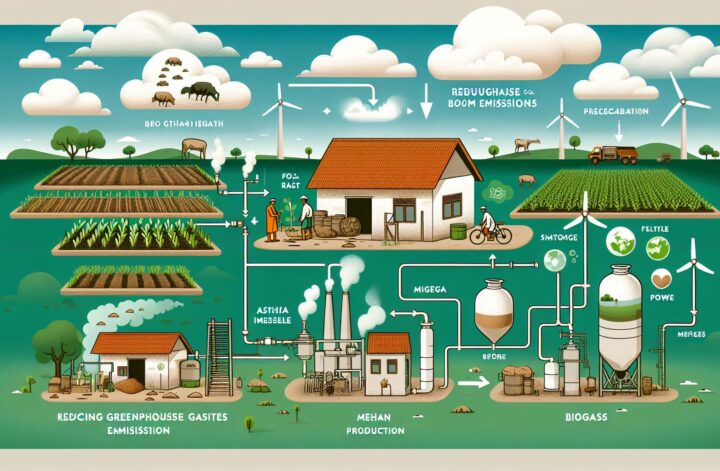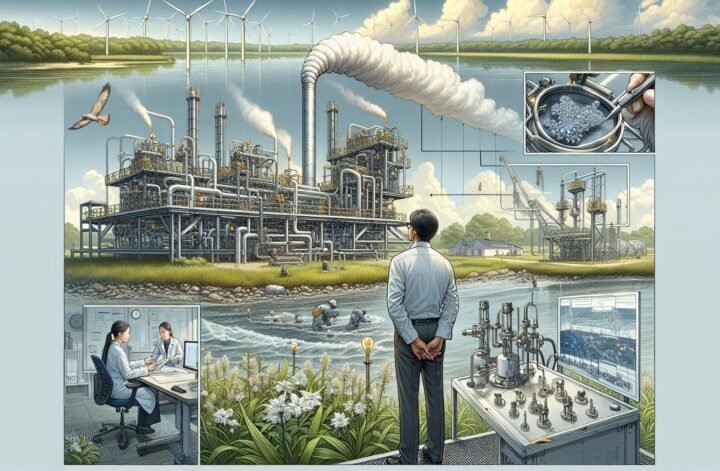Greenhouse gases (GHGs) comprise a large part of the environmental damage that’s resulting in climatic change. As such, the search for innovative and sustainable ways to reduce their concentration in the atmosphere has become a priority. One of such solutions is the production of biogas, which is a more environment friendly alternative to traditional fossil fuels.
What is Biogas?
Biogas is a naturally occurring type of biofuel that is produced from the breakdown of organic material in an oxygen-free environment. This process, known as anaerobic digestion, involves four integral parts: hydrolysis, acidogenesis, acetogenesis, and methanogenesis. This eventually produces a gas rich in methane (CH4) and carbon dioxide (CO2), with minor traces of other gases^1^.
Biogas Production
For biogas to be produced, organic waste materials such as livestock manure, municipal solid waste, plant material, sewage, food waste, and others undergo a natural biological process in the absence of oxygen. This is carried out in a structure called an anaerobic digester[^2^]. This allows for the organic waste to be broken down and decomposed by bacteria, thereby producing biogas.
The process begins with the hydrolysis phase, where complex organic compounds are broken down into simple sugars, amino acids, and fatty acids. The next phase, acidogenesis, involves the breaking down of the products from the previous phase into volatile fatty acids and other compounds. During acetogenesis, the volatile fatty acids and other compounds are converted into hydrogen, carbon dioxide, and acetates. The process wraps up with methanogenesis where methane and carbon dioxide are created[^2^].
Benefits to Greenhouse Gas Reduction
Producing and utilizing biogas presents manifold benefits to the reduction of greenhouse gases in numerous ways.
-
Waste Management: Biogas production provides a practical and efficient way of managing organic waste. This waste if left to decompose naturally, it would produce a significant amount of methane, a greenhouse gas about 28 times more potent than carbon dioxide. The capture and use of this gas via biogas production considerably reduces the amount being released into the atmosphere[^3^].
-
Replacement for Fossil Fuels: Biogas can be used for numerous purposes such as cooking, heating, and the production of electricity. It can also be upgraded to biomethane, a renewable alternative to natural gas. So, using biogas reduces our reliance on fossil fuels, thereby reducing the amount of greenhouse gases produced from burning fossil fuels^1^.
-
Soil Conditioning: The byproduct of biogas production, known as digestate, is rich in nutrients and can be used to improve soil conditioning and fertility.
Conclusion
To attain the goals of the Paris Agreement and other initiatives aimed at mitigating climate change, quantifiable measures to reduce greenhouse gas emissions are paramount. Biogas production stands as a solution to reducing the global carbon footprint in a sustainable and renewable manner.
[^2^]: National Geographic
[^3^]: Yale Climate Connections




